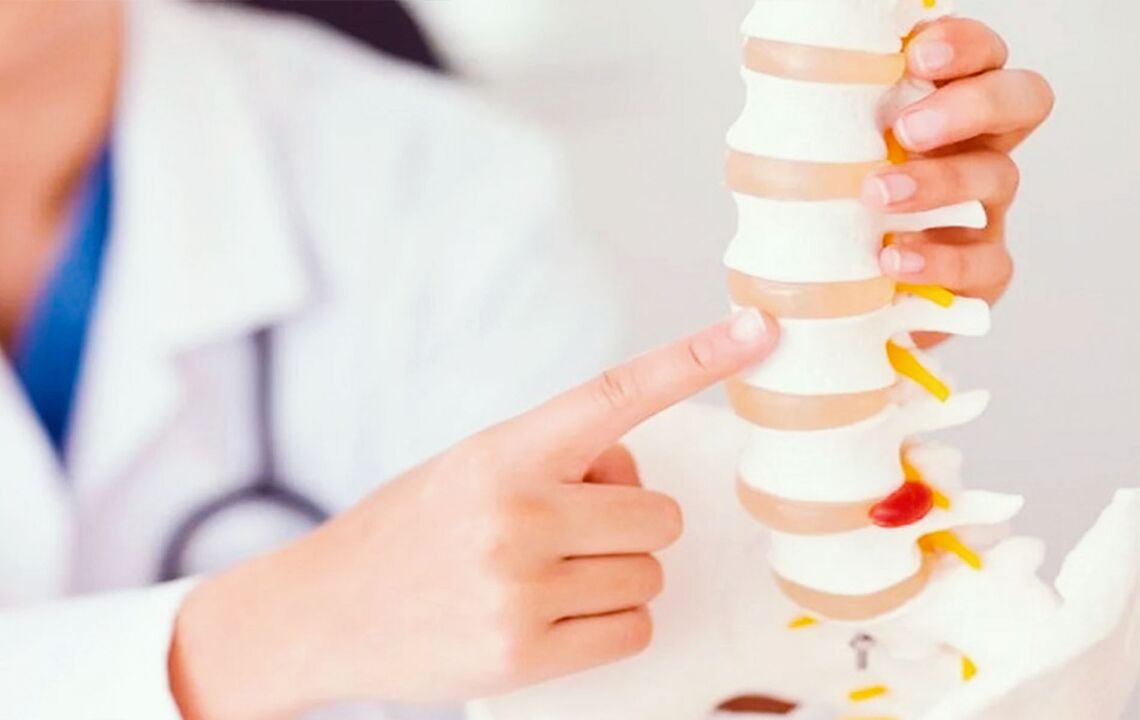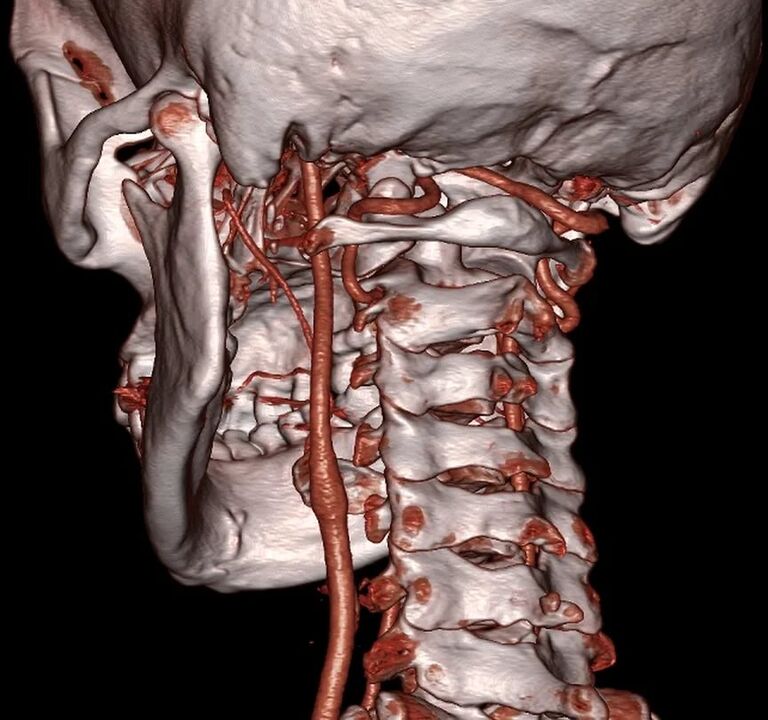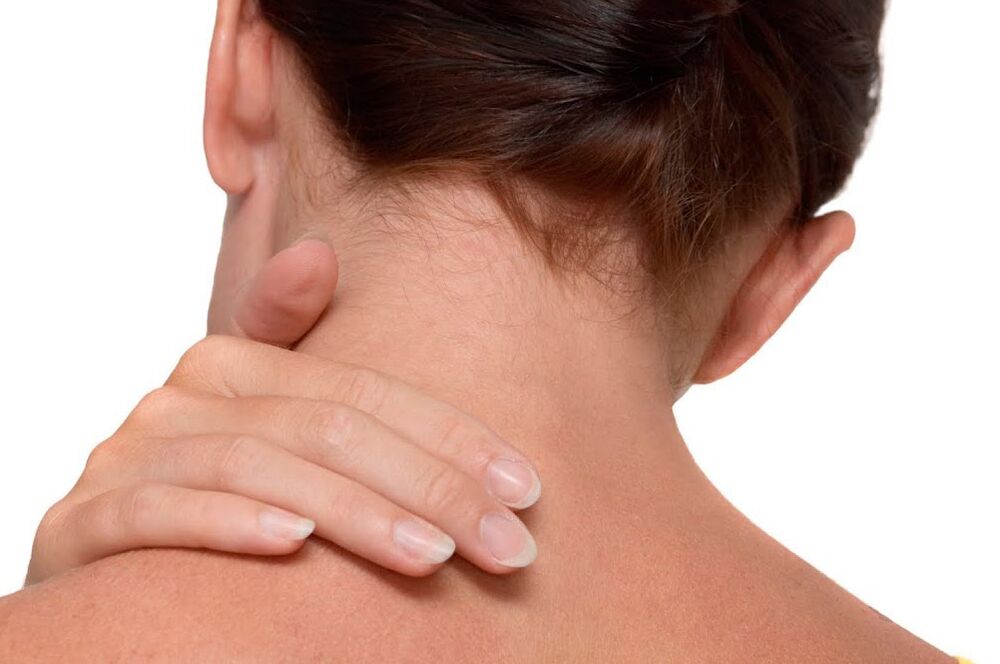The pain comes when you least expect it. Even the most confident person in such a case can become confused and frightened. The most common cause of pain syndrome is osteochondrosis. How is osteochondrosis of the cervical spine treated at home and how effective is the treatment? Let's find out more.
What is osteochondrosis
Official medical sources interpret osteochondrosis as a degenerative disease that affects the intervertebral disc with involvement of nearby vertebrae and joints. The elasticity of the intervertebral joint is disrupted - and the disc becomes thinner. It is necessary to understand how nutritional and metabolic processes occur in the intervertebral disc. This structural element is formed by cartilage tissue, there are no blood vessels here. Distributed power, like a pump. While moving to squeeze, the lubricating fluid is released and then reabsorbed. If osteochondrosis of the cervical spine appears, exercise therapy, massage and various therapeutic techniques should be prescribed as soon as possible.
What changes happen in the spine and their symptoms
The following processes occur in the affected joint:
- the nucleus pulposus of the disc loses physiological moisture;
- cartilage loses its shape;
- loss of elasticity;
- change color;
- dry up;
- turns yellow;
- loss of resistance to damage.

The consequence of this is a violation of synchronization of movement in adjacent segments of the spinal space, a violation of nerve roots. The main symptoms of degenerative changes are pain, limited mobility, some forms of paresthesia ("crawling", tingling).
All these changes indicate the presence of osteochondrosis. How osteochondrosis of the cervical spine or others is treated, we will talk more.
Why does osteochondrosis occur?
The causes of the onset of this disease include everything that interferes with the strength of the disc:
- Congestion is caused by static loads.
- Prolonged retention from an unfavorable position, especially when sitting. There is a good saying: "If you can stand - don't sit, if you can lie down - don't stand. "
- Traumatic effects on end plates, fibrous annulus fibers.

Common causes include an unbalanced diet, physical inactivity, insufficient development of the deep muscles that make up the muscular corset. Spinal stability is due to the complex interaction of bones, muscles and skeletal nerve structures. The abdominal and back muscles are antagonistic, balancing each other. Thus, the postulate "movement is life" remains as relevant as ever. Exercise can effectively affect degenerative disc disease of the cervical spine. Exercise therapy is used in polyclinics and at home. Because the spine is made up of several parts, the disease can occur anywhere. The cervical and lumbar areas are more often exposed.
How is osteochondrosis of the cervical spine manifested?
Manifestations of osteochondrosis of various localizations are combined into a syndrome:
- cervicalgia syndrome (movement disorders of the shoulder joint, distinct pain);
- cervicocranialgia (pain in the back of the head, discomfort in the neck, there may be tinnitus, dizziness, palpitations, nausea);
- cervicobrachialgia or shoulder-scapular syndrome (neck pain flowing to the shoulders and arms).

If you are worried about excruciating pain, often at night, with numbness, the diagnosis may be confirmed - osteochondrosis of the cervical spine. The pain syndrome associated with this departmental disorder is called thoracalgia.
Physiotherapy at home
How cervical spine osteochondrosis is treated with medications is explained in many reference books. But in most cases, the effect of this drug is short -lived. Here exercise therapy can help.

- We stood against the wall and leaned on the back of our heads. We tried to press on the wall with maximum force for a few seconds. Then we rested.
- We sat at the table, putting our elbows on it. We put the chin in the hand, trying to press the palm of the hand, while tilting the head or turning it to the side.
- Lean your head in your hands behind your head. Alternately, then press on the back of your head, then relax. Perform several repetitions with hold for up to 10 seconds.
- Grasp your head with the palms of your hands, alternately pressing on one or the other hand.
During exacerbations, exercises are performed with a duration of no more than 3-4 seconds, and with moderate exercise. The class will slow down osteochondrosis of the cervical spine. Training at home can be started once you are satisfied that training at home can be done properly.
Sort without professional help
If the diagnosis of cervical spine osteochondrosis is confirmed, massage will be one of the necessary treatment methods. In this case, this procedure is not only useful, but also irreplaceable. At first, it is better to take a professional course, and then do simple techniques at home yourself. These techniques include post-static muscle relaxation techniques. The peculiarity of this method consists of passive muscle stretching from an overstrain position combined with a massage element. It is necessary to use this technique after the spasmodic muscles are heated (bathing, hot compresses, kneading, caressing).

When using self -massage, the same techniques are used as done professionally. This is caressing, kneading, making a precise impact, patting, shaking. The massage is done with warm, warm hands. Use massage oil to improve the glide. The sequence of techniques is as follows:
- caress;
- trituration;
- kneading;
- vibration (clapping, shaking).
Acting on osteochondrosis of the cervical spine, the massage begins and ends with a stroke.
A little manual therapy
- We sat on chairs with high backs. We gripped the head with our hands, placing the thumb on the cheekbones (more precisely, on the bruise under the eye socket). We raised our eyes, inhaled and pressed the back of the head on our fingers. We held for up to a quarter of a minute, then while exhaling, we leaned back in the chair and relaxed the neck muscles, tilting the head down. We repeated this technique several times. Then we wrapped the fingers around the neck, closer to the top of it, slightly tilting the head forward. We press the finger to the base of the skull, making it a slow rotational movement. Gradually lower the finger down and down, approaching the trapezius muscle. How osteochondrosis of the cervical spine is treated with the help of manual therapy can be seen in the following manipulations.
- We lay on our backs, pulling our shoulders down as much as possible. Place the hands on the sore part below the buttocks, palms up. Place your other hand under your head, close the back of your head and tilt your head to the side opposite to the one in question. Inhale, press your head to your fingers for 15 seconds. As you exhale, relax and pull your head a little harder, stretching the aching muscles.

A set of steps in the treatment of osteochondrosis
Unfortunately, it is impossible to completely defeat cervical osteochondrosis. Treatment at home or in a medical facility should be comprehensive. This includes the use of:
- pain medication;
- muscle relaxation that helps relieve muscle spasms;
- drugs with chondroprotective action;
- physiotherapy procedures;
- massage;
- Exercise therapy;
- balanced diet.
After studying the medical literature, one can draw certain conclusions about how osteochondrosis of the cervical spine is treated, but discarding a professionally prescribed treatment is a crime aimed at one’s health.





































